Employment by Region and Occupation — NERO — is a new experimental dataset developed by the National Skills Commission, a Commonwealth government agency.
NERO provides timely information on employment at detailed levels, including 355 occupations across 88 regions in Australia. Until now, data at this level of detail was only readily available once every five years as part of the ABS Census of Population and Housing. With NERO, the insights are available monthly.
As a new source of labour market intelligence, NERO will provide unique and detailed data on employment trends across occupations and regions – in excess of 30,000 series in total.
These data will provide more timely assessments of how regional labour markets are evolving and occupational trends within regional labour markets.
NERO uses an emerging methodology called ‘nowcasting’, which applies both traditional and real-time data, as well as big data techniques, such as machine learning, to estimate current trends. Nowcasting is different to forecasting in that it doesn’t attempt to predict or anticipate the future—its focus is on understanding the now.
NERO can be searched either by occupation or by region with the data available for download in a variety of ways.
This first release of NERO includes data from September 2015 to April 2021. Updates for May through to August 2021 are scheduled to be released on 1 September 2021, with subsequent updates to occur on the first Wednesday of each month. At this stage, the NERO estimates are experimental in nature. The NSC welcomes feedback on how the estimates could be improved by emailing: nowcasting@skillscommission.gov.au.
NERO provides the following data for geologists, geophysicists and hydrogeologists as of February 2021.
The results are both interesting and relevant to the ongoing refinement of AIG’s purpose and strategy. That there are 7426 geoscientists (geologists, geophysicists and hydrogeologists as defined in the NERO data) comes as no surprise. A working assumption that there were between 6,000 and 8,000 geoscientists in Australia has long been used as a working assumption by professional institutes and learned societies servicing this cohort in Australia, based on past Australian census data. There is a discrepancy in the NERO data that a total of 7112 geoscientists in Australia is reported when data for the individual regions represented (less than 5% discrepancy) in NERO are reported, but that’s arguably not a significant issue in the scheme of things. The data is still better than any analysts have had access to previously.
The breakdown of geoscientists by state provided by NERO is vastly different to that of AIG’s membership base. About half of AIG’s Australian members are in Western Australia (about 42%) and the remainder is spread across the remaining states. Western Australian geoscientists represent just under 30% of the NERO data.
Across Australia, one-third of Australia’s geoscientists are employed in regional areas of Australia. A significant proportion of Australia’s geoscience professionals remains employed in regional areas, despite the rise of fly in – fly out work in exploration and mining.
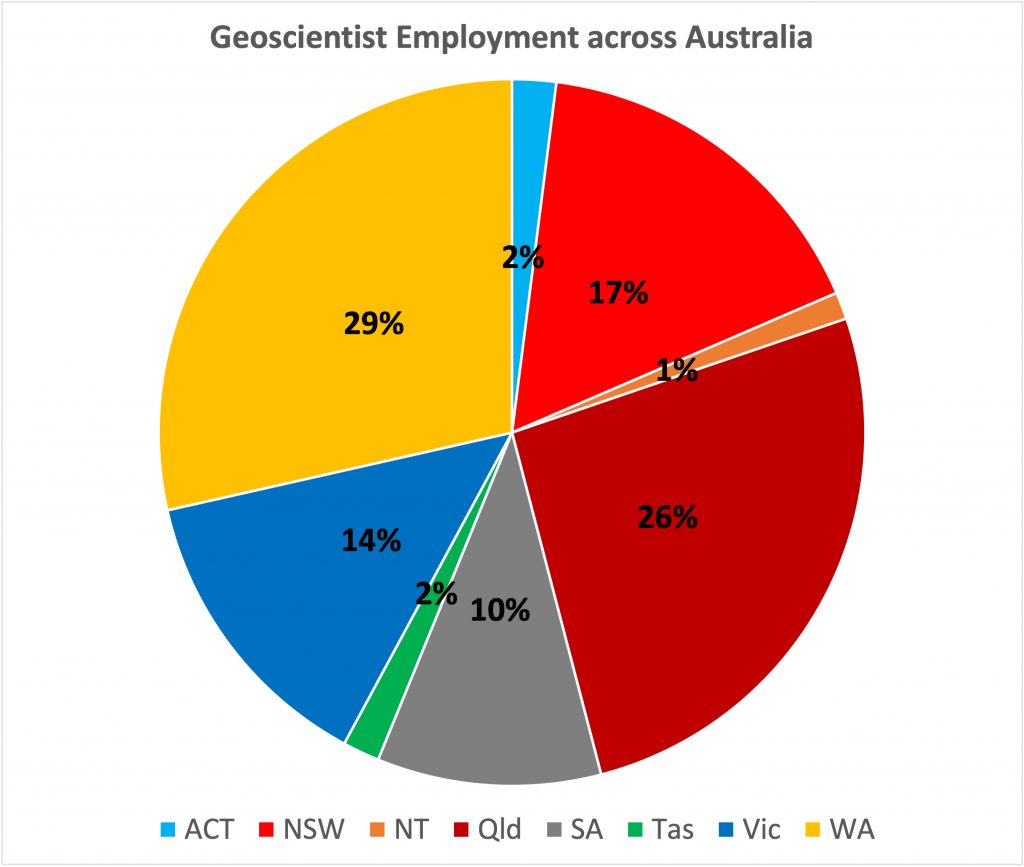 | 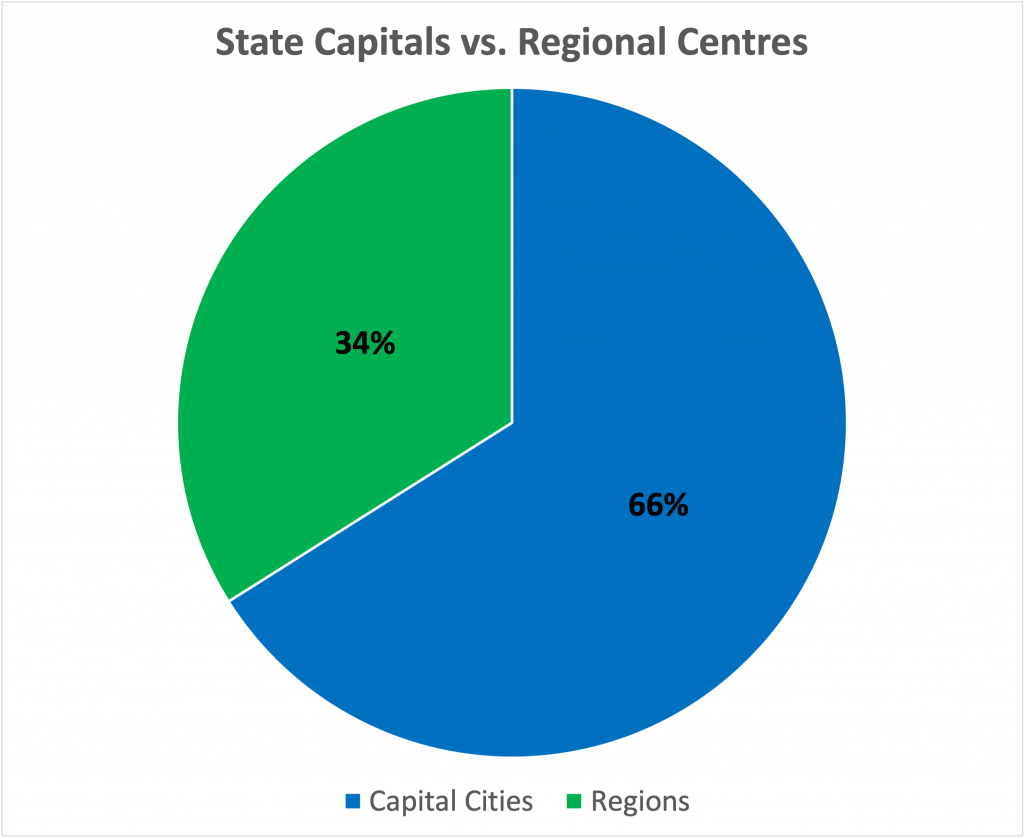 |
This proportion varies markedly between states, generally reflecting the population distribution in that state. Geoscientist employment is capital city focussed in South Australia, Victoria and Western Australia, and most decentralised in Queensland and Tasmania.
 |  | 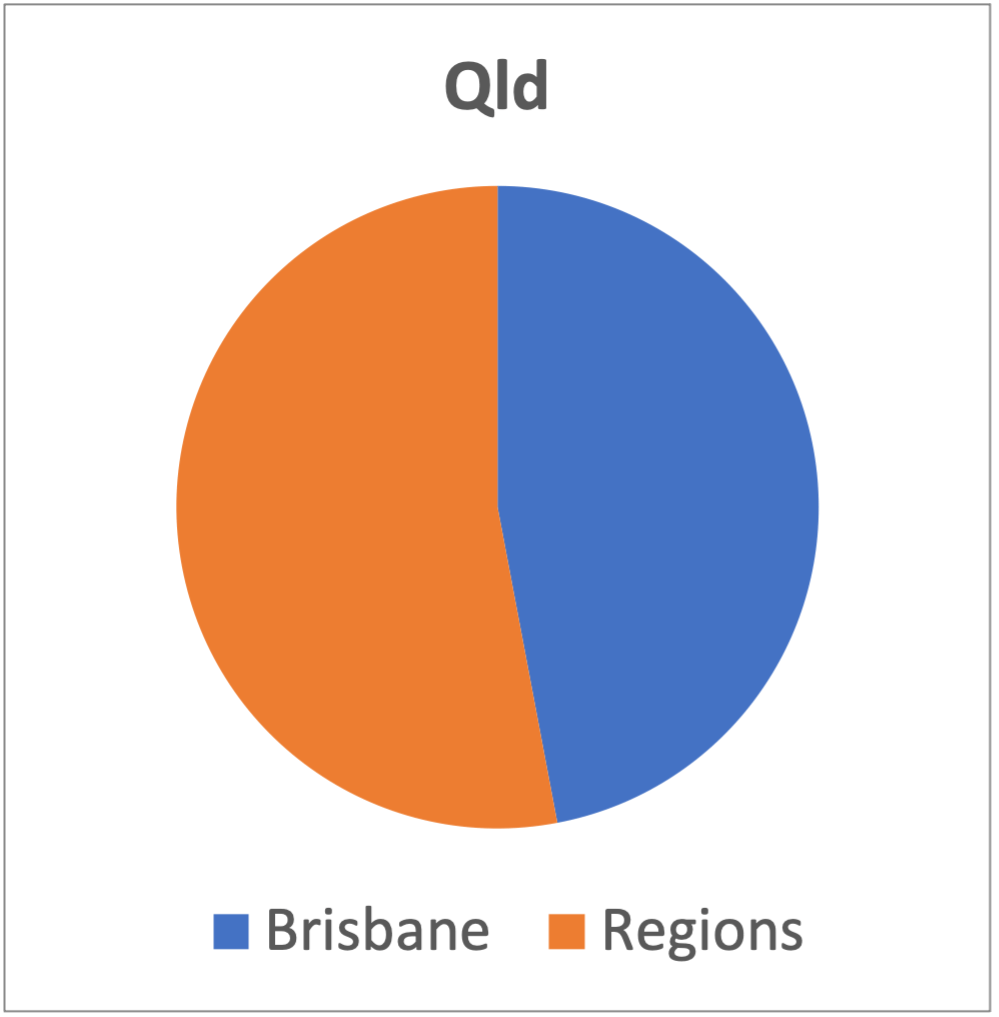 |
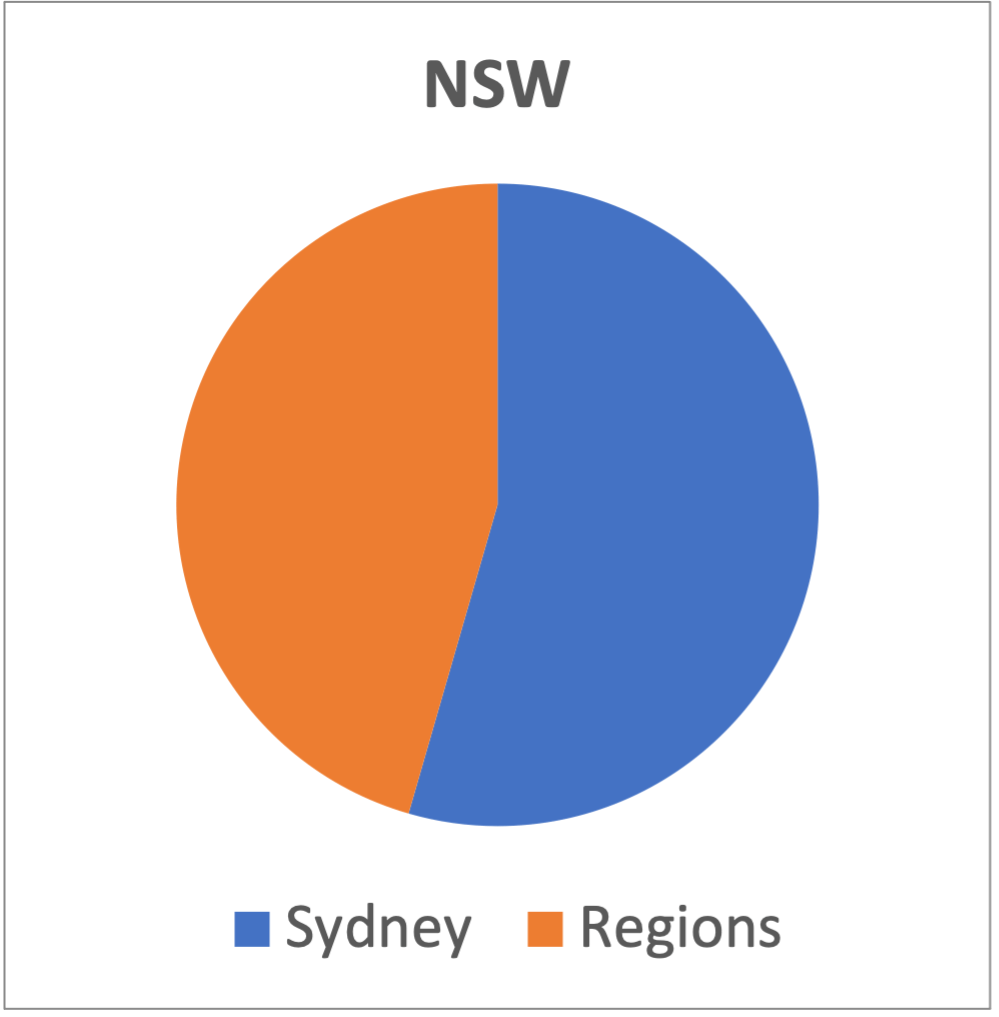 | 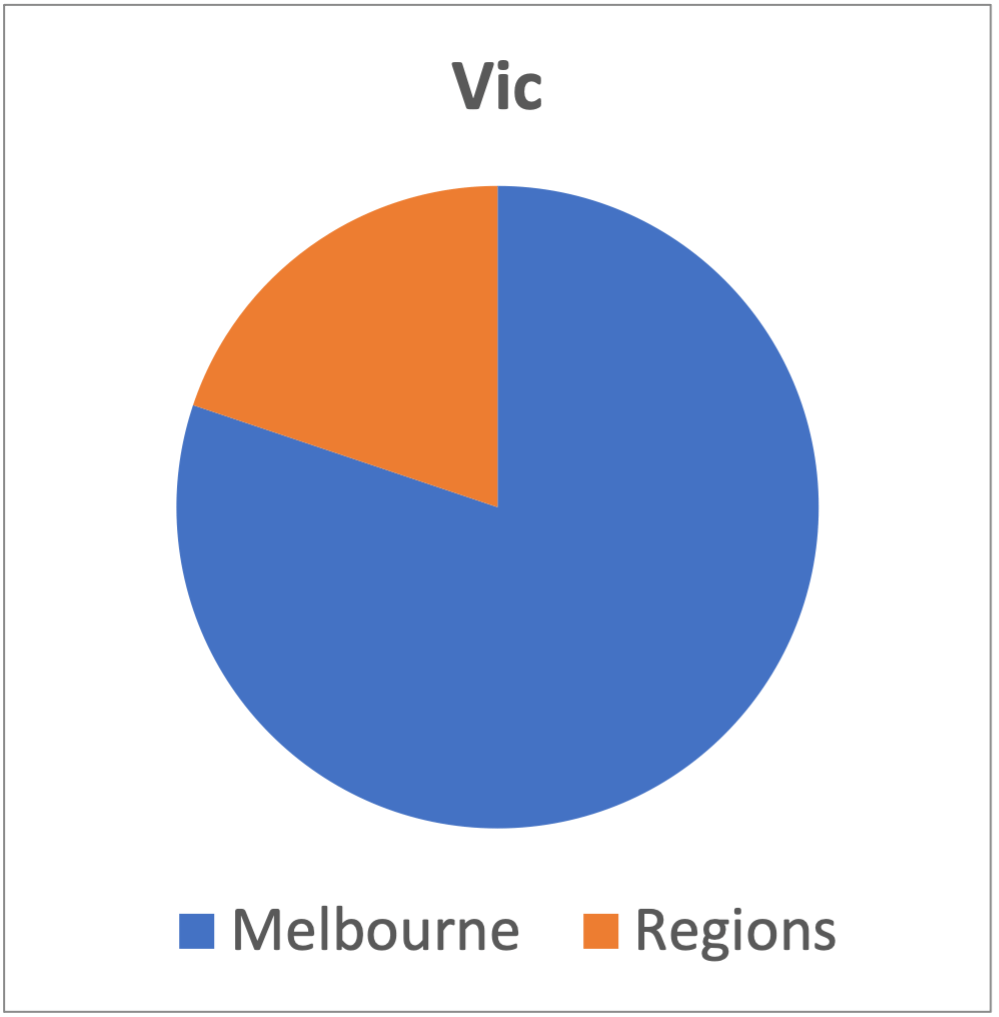 | 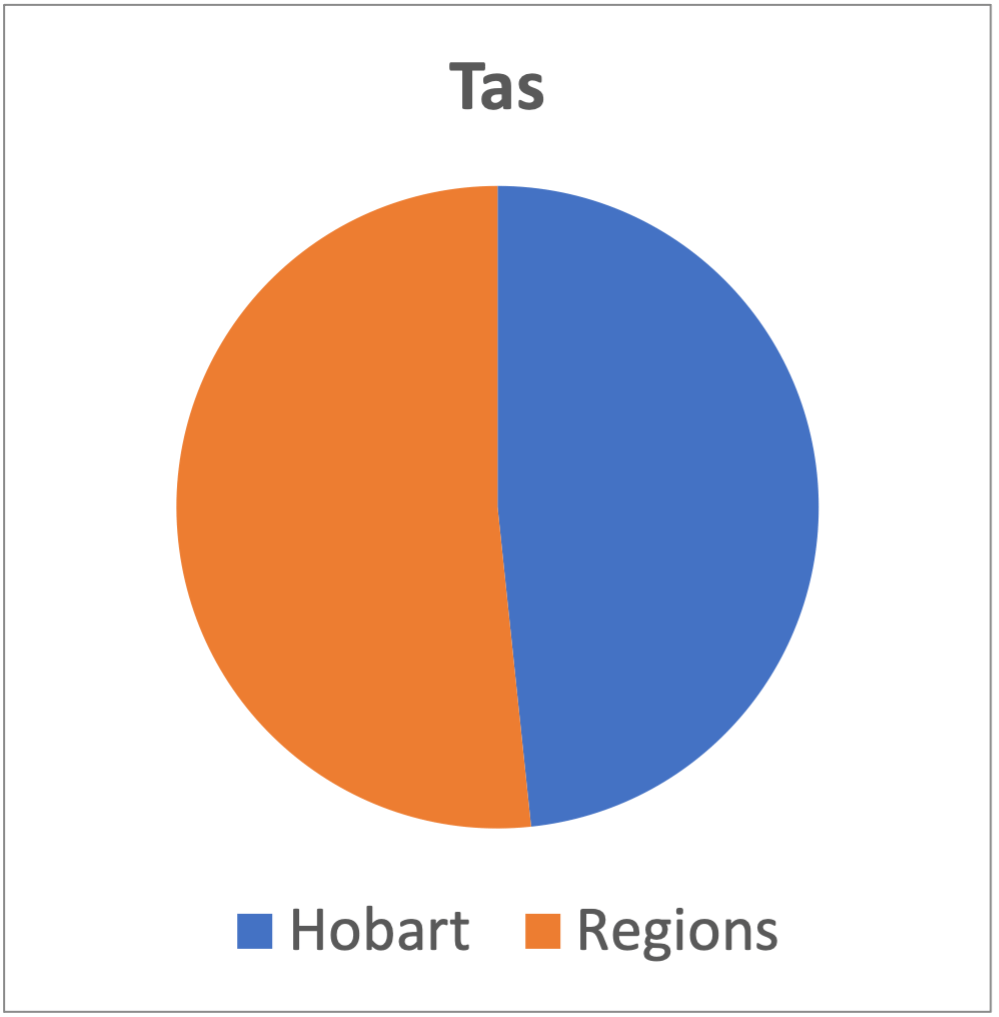 |
 |
What does this mean for AIG’s members?
These results demonstrate that geoscientist employment is likely to be considerably more diverse than suggested by AIG’s membership, which is concentrated in mineral and energy resource exploration, mining and production. The same may be said of AusIMM’s geoscientist membership. This creates a situation where a large cohort of geoscientists are not members of any professional body, requiring adherence to a Code of Ethics or any requirement for continued professional development. These are key elements of any community’s perception of what defines a professional. This has potential to affect the perception of the geoscience profession that would be exposed by an event or incident in which the conduct of a geoscientist was publicly questioned.
The information also provides a basis for assessing the need to service members in regional areas, particularly in States where geoscientist employment is most geographically diverse.
Having access to this information is beneficial to the AIG board in setting the Institute’s short-term priorities and long-term strategy.